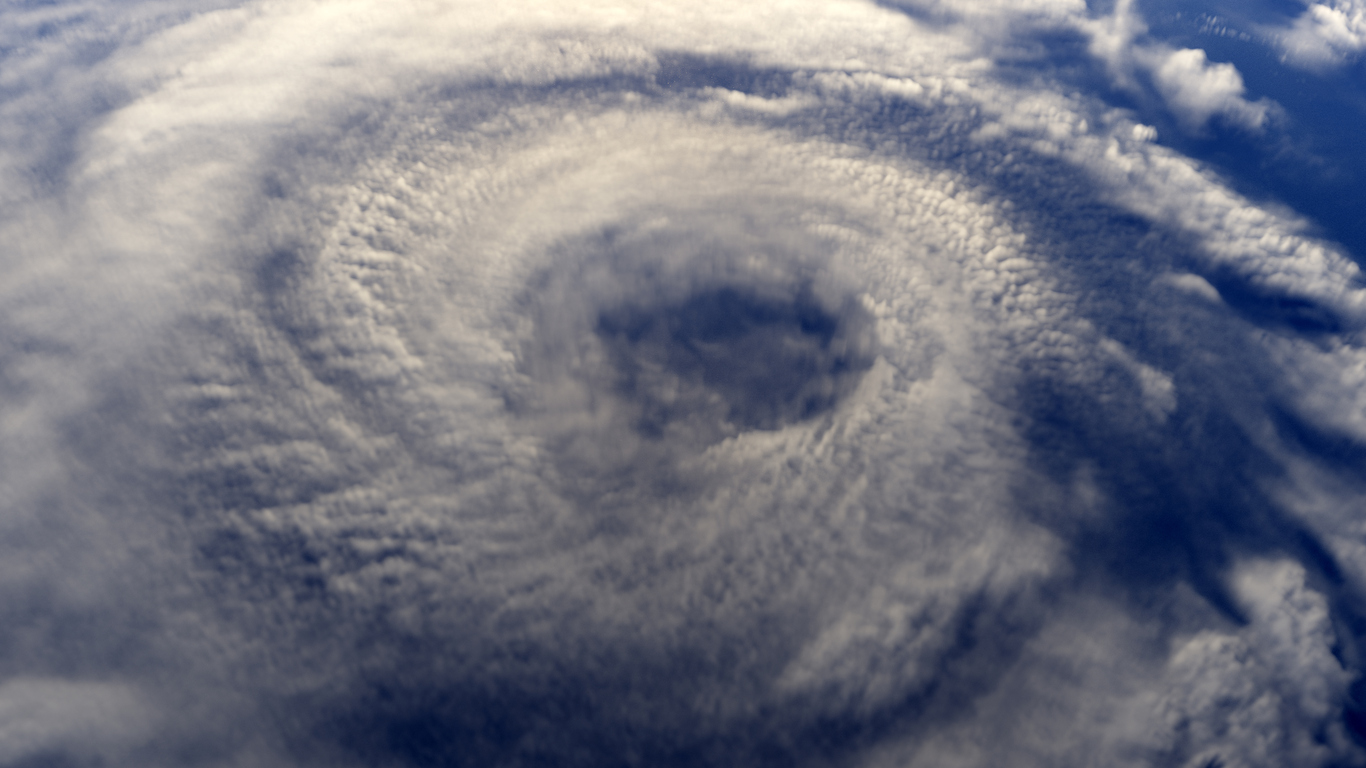Survivors of storms that pounded several states in the United States say the country’s disaster relief system is broken and that they want reforms to get money into victims’ hands faster and with less red tape.
On the tenth anniversary of Superstorm Sandy’s landfall at the Jersey Shore, which devastated communities across the northeast, survivors gathered Saturday with others who were affected by hurricanes Harvey, Irma, Maria, and Ida, as well as victim advocacy groups from New Jersey, Florida, Texas, Louisiana, and Puerto Rico.
On Oct. 29, 2012, Sandy roared past Robert Lukasiewicz’s Atlantic City, New Jersey, home, sounding like “a hundred freight trains.”
Contractor fraud hampered his recovery efforts, and work by a second contractor was halted due to a lack of funds, according to Lukasiewicz. After two years of waiting for a government aid program, he said he finally discovered he needed flood insurance first, the cost of which had risen to unaffordable levels by then.
“I could have been home years ago if all of these things had been steps instead of missteps,” he said. “You’ve got different systems all butting heads and blaming each other, while the homeowners and families for whom all of this was intended are suffering.”
The survivors and their advocates proposed five reforms to help future storm victims avoid the delays, runarounds, and financial desperation they encountered: ensuring that disaster recovery systems are applied equitably; making flood insurance work for storm victims rather than against them; incorporating future storm resiliency into disaster recovery efforts; and ensuring that disaster recovery is systematic rather than piecemeal
Specific recommendations include establishing a single point of contact for the numerous local, state, and federal assistance programs; imposing a smaller cap on annual flood insurance premium rate increases; providing direct payments and health insurance to storm victims for a period after the storm; restructuring loan repayment or aid overpayment “clawbacks” to account for a storm survivor’s ability to pay; and paying 100% of mitigation costs upfront for low-income storm victims.
Joe Mangino, whose Jersey Shore home was damaged by Sandy, co-founded the New Jersey Organizing Project on Saturday, which brought storm survivors together.
“The easy part was surviving the storm,” he said. “After the disaster, there was another disaster.”
The snakes that flowed into Ute Schaefer’s Houston home with flood waters trapped her inside for four days, banging on windows for help until a passing boat rescued her — and dumped her on the shoulder of a highway.
“Every shelter was full,” she explained. “I was by myself.”
She eventually sought assistance from two local nonprofits that had already run out of funds. She went to the county, who directed her to the city, who directed her back to the same nonprofits.
“I was grasping for something, but there was nothing,” she explained.
Shanna Hebert, a single mother from Houma, Louisiana, is on the verge of losing her home, which was rendered unlivable by Hurricane Ida last year. Her one-year mortgage forbearance agreement is coming to an end, and the company is demanding $17,000 by the end of next week or it will foreclose. She claimed that her insurance company went bankrupt, forcing her to purchase a trailer with her own money.
Mille Santiago fled Canóvanas, Puerto Rico, for Florida in the aftermath of Hurricane Maria in 2017, only to find numerous barriers to emergency aid, including housing.
“They wanted two to three times the normal rent up front,” she explained. “A disaster should not be an opportunity for corporations and contractors to profit from survivors’ suffering.”
According to Michael Moriarty, director of the Federal Emergency Management Agency region that includes New Jersey, the agency is constantly striving to become more responsive to storm victims.
“Getting aid to people while their house was flooded has been the Holy Grail,” he said. “That’s taxpayer money, so we have to be careful not to just throw it away, but to make sure it gets to the right place and is used properly.” We’re working on a mechanism that will provide faster relief.”
He thinks the idea of a single application point for storm relief is a good one, but he warns that federal privacy laws prohibit sharing information with state and local governments without first obtaining signed releases, which can take weeks.
And, according to Moriarty, a post-Ida aid program that was supposed to be fast-tracked so that applicants could find out whether they were approved within two weeks took eight months to be reviewed by federal budget monitors.
“It was within the first year, but not within the first month,” he explained. “I believe that will improve over time.”
U.S. Rep. Andy Kim, who spoke alongside fellow Democrat Rep. Frank Pallone Jr. at Saturday’s event, said what the storm survivors are asking for “makes total sense.”
“Over the last ten years, you have not gotten what you deserve,” he said. “What good is a government if it does not stand by its citizens in their hour of need?” The stories we heard on this stage today should never have occurred and should never occur again.”













